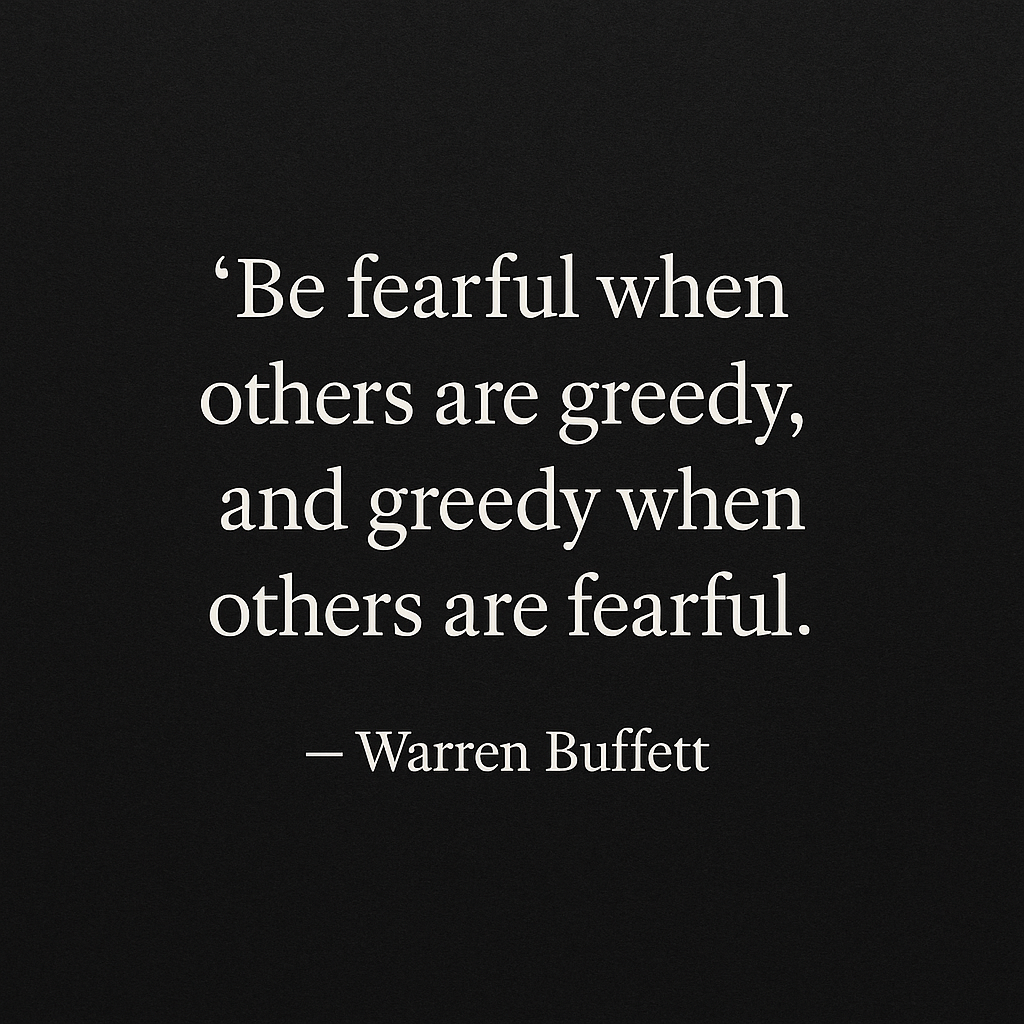Part 3 of 3: The Solution – Forging Your Mental Armor
Welcome to the final part of our deep dive into investor psychology!
In Part 1, we identified the seven psychological traps that live in our own minds. In Part 2, we looked at the devastating real-world evidence, from the Dot-Com crash to the GameStop frenzy, proving that these biases have catastrophic consequences.
We’ve seen the damage. We’ve examined the crime scenes. The question now is, what are we going to do about it?
How do we fight back against our own, hardwired instincts? This final part is all about the solution. Let’s assemble a practical toolkit to master our own investor psychology and finally win the inner game.
A Practical Toolkit for Investor Psychology: Forging Your Mental Armor
Okay, so how do we actually do this? The goal isn’t just to use a few tips; it’s to master the practical side of investor psychology and shift from being a reactive gambler to a strategic investor.
After studying how the masters do it, I’ve realized that strategic investors don’t have superhuman willpower. They just have better systems. They build a fortress of logic to protect themselves from their own emotional instincts. Here are the three pillars of that fortress:
- ✍️ 1. Write an Investment Plan: Seriously, write it down. Define your goals, your risk tolerance, and your rules (e.g., “I will never buy a stock based on a single tip”). This document is your constitution. It’s the anchor you hold onto when your emotional brain tries to take over.
- 🤖 2. Automate Everything: Think about the typical investor. The market soars, and driven by FOMO, they buy in. Then the market crashes, and driven by fear, they stop investing or sell. They are letting their emotions dictate their actions.Automation is the antidote to this chaos. By setting up automatic, recurring investments every month—a strategy called Dollar-Cost Averaging (DCA)—you take your emotions out of the driver’s seat. You invest consistently whether the market is scary or euphoric, removing the impossible temptation to “time the market.”
- ⚖️ 3. Rebalance on a Schedule: Once or twice a year, rebalance your portfolio back to its target. This forces you to do what feels unnatural but is incredibly smart: systematically sell some of your winners and buy more of your underperformers. It’s a built-in defense against chasing hot stocks.

“The big money is not in the buying or the selling, but in the waiting.” – Charlie Munger
Next, I’m trying to learn from the masters, like Warren Buffett and Charlie Munger. Their whole philosophy is built on controlling their temperament.
- Their most famous advice is a direct assault on herd mentality: “Be fearful when others are greedy, and greedy when others are fearful.”
- They also preach patience, understanding that true value takes time to grow.
- And critically, they stay inside their “circle of competence.” They simply don’t invest in things they don’t fully understand, which is a powerful defense against overconfidence.
Your Mini-Challenge: Start an Investment Journal
One of the most powerful “active defense” strategies is keeping a journal. Before you make your next investment, take just two minutes to write down:
- Why am I buying this?
- What would have to happen for me to sell it?
This simple act forces you to be rational in the moment and gives you an incredible learning tool to review in the future. Try it just once.
An Expert’s View: Are Our Brains Really “Broken”?
Now, just when I thought I had it all figured out, I learned something that added a fascinating wrinkle to the story. Are these mental shortcuts always a bad thing?
A psychologist named Gerd Gigerenzer argues that they aren’t. His theory of Ecological Rationality suggests that these heuristics are actually “fast and frugal” tools that work remarkably well in the right environment.
Think about it this way: the “recognition heuristic”—simply choosing the brand name you recognize—is a terrible way to pick a single stock to go all-in on. But research shows it’s a surprisingly effective way for a beginner to guess which of two companies is larger. The shortcut isn’t dumb; it just needs to be used in the right context.

Key Takeaway: The Goal Isn’t Perfection
The goal in mastering investor psychology isn’t perfection. It’s not about eliminating our human instincts. It’s about building the awareness to know when to trust a quick gut feeling and when to step back, take a breath, and rely on the disciplined, systematic plan you built for yourself.
Conclusion: Winning the Inner Game of Investor Psychology
So, this isn’t really a conclusion. It’s a starting line.
Our entire journey through this series has been about one thing: learning to get out of our own way. We’ve walked through the key steps together: we acknowledged the “behavior gap,” we understood the “why” with Prospect Theory, we identified the biases trying to trip us up, and now, we’ve built a disciplined system to fight back.
By doing this, we’re flipping the script. We are turning our own psychology from our greatest enemy into our most powerful, long-term ally. This is the beginning of winning the inner game.
That’s the game I’m now trying to win.
Now, I want to hear from you. What’s the #1 strategy you use to keep your emotions in check when the market gets crazy? Share your best tip in the comments below. We can all learn from each other’s experiences.
Your Final Challenge: Don’t let this just be another article you read. Pick just one strategy from the toolkit—automating your investments, writing your three rules, or starting that journal—and commit to trying it for the next 30 days. That’s how we turn learning into real progress.

Our Archives
4-1: The 7 Hidden Mind Traps Secretly Sabotaging Your Portfolio
4-2: The Psychology of Panic: 3 Market Crashes Deconstructed
References for Part 3
Gigerenzer, G., & Todd, P. M., & the ABC Research Group. (1999). Simple heuristics that make us smart. Oxford University Press. Retrieved from https://global.oup.com/academic/product/simple-heuristics-that-make-us-smart-9780195143812
Graham, B. (2006). The intelligent investor (Revised ed.). HarperBusiness Essentials. Retrieved from https://www.harpercollins.com/products/the-intelligent-investor-rev-ed-benjamin-graham
Munger, C. T. (2005). Poor Charlie’s almanack: The wit and wisdom of Charles T. Munger (3rd ed.). Walsworth Publishing. Retrieved from https://www.poorcharliesalmanack.com/